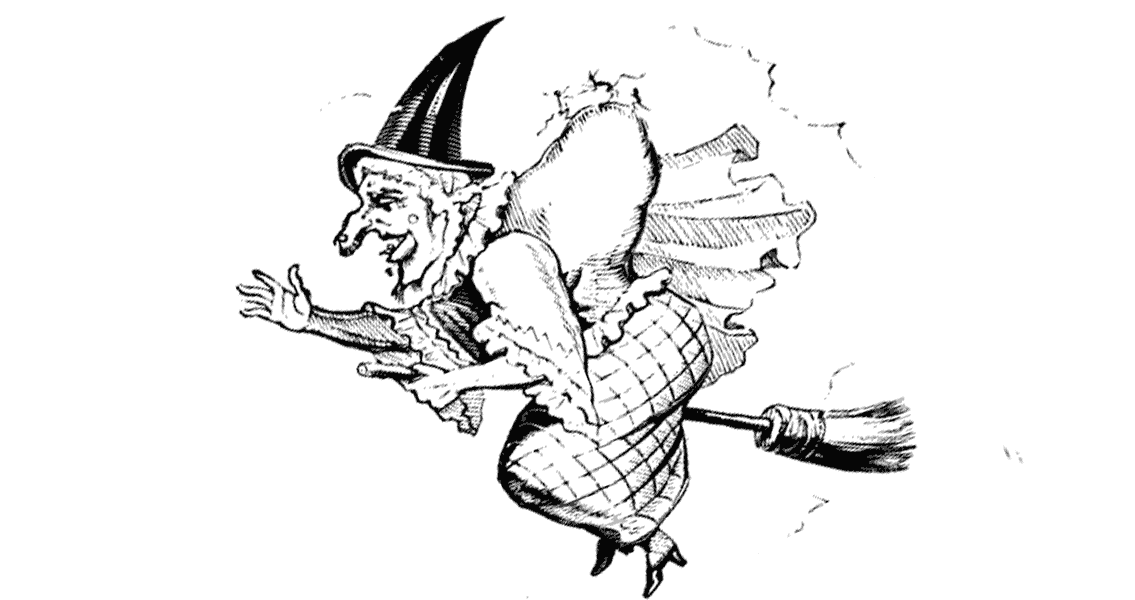<![CDATA[A well conserved glass 'witch bottle' has been uncovered in Newark, England - almost 330 years after it was buried in the ground. The green bottle is thought to have been used during the eighteenth century to deter evil spirits and witches. It has survived such a long time because it was cautiously preserved on the site of the Old Magnus Buildings in Newark. Archaeologists believe that these kinds of vessels were filled with fingernails, hair, and even urine to prevent curses and spells entering homes. Many communities during the eighteenth century used to believe that keeping such items that connected an owner to their home would effectively prevent evil forces penetrating their dwelling. The 15 cm (6-inches) tall witch vessel was unearthed during renovation work on the sites of Tudor Hall and the Old Magnus Buildings in Appleton Gate, Newark. Archaeologists have dated the witch bottle to about 1680, even though the site itself dates back to 1529 when priest Thomas Magnus donated funds to establish a grammar school in Newark. Archaeologist Will Munford said that very often we forget that people were very superstitious, and bizarre rituals were a part of their day-to-day lives. He went on to say that many people used to think that keeping personal objects could protect them from evil forces. Other than personal items; needles, thorns, small bones, cloth and bent iron nails were also customarily placed in witch vessels to fend off evil. Such witch bottles are often discovered buried under a fireplace. The locations where such bottles have been found in other sites include inside walls and under floorboards. Traditionally, fireplaces were believed to have a direct link to the sky above, making it a common entrance for a witch to penetrate into a home. Many even believed that doors could let the evil spirits and witches in, so witch bottles have often been discovered in entrances and doorways as well. This practice dates to British folklore in the fifteenth century, but also travelled to America and beyond with British immigrants. Currently, in collaboration with Woodhead Heritage and Purcell Architects, Newark and Sherwood District Council is working to make the Old Magnus Buildings a museum and a centre for visitors. When the museum opens in spring next year, the grade two listed structure will house the first National Civil War Centre in the United Kingdom, funded by #3.5m from the Heritage Lottery Fund. The witch bottle will go on display when the museum and visitor centre open. ]]>
330-Year-Old Witch Bottle Found In Newark
